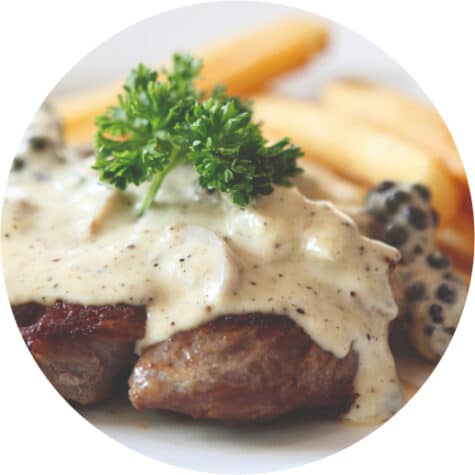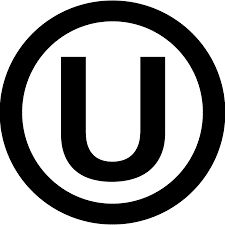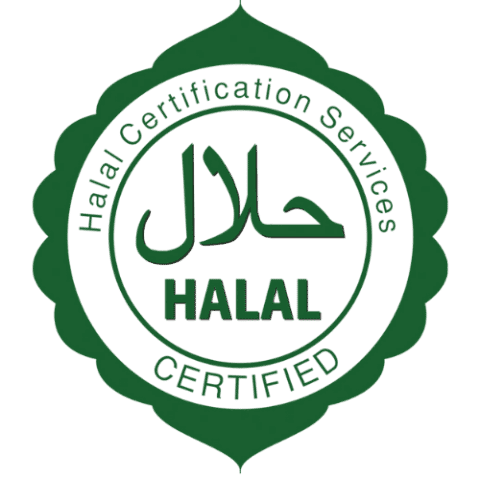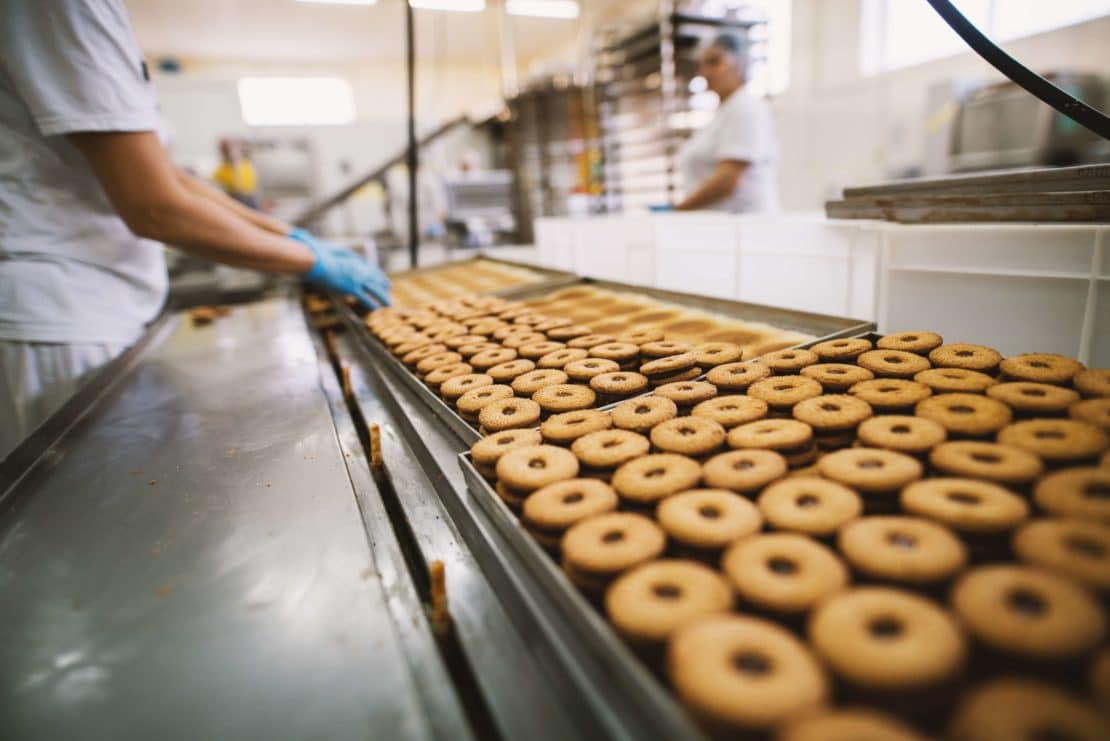About us
Tipiak offers a unique range of non GMO 100% tapioca-based texturizers to BtoB customers. Tapiocaline®, Pretaline® and Specialine® are functional tapioca starches added in numerous formulations such as meat & plant-based analog meat – seafood – sauces – bakery products.

The Tapioca Expert
As the oldest European tapioca importer and producer, Tipiak masters production processes and traceability.
In 1830, Tipiak’s founding fathers were the first company to import tapioca in Europe. Tapioca is a part and parcel of Tipiak’s DNA. Indeed, Tipiak actually MEANS Tapioca in Guarani, a language spoken in Latin America.
Since 1967, Tipiak produces Tapioca in France and offers a range of 100% Tapioca-based non GMO texturizers. In Europe, Tipiak is the largest Tapioca Food-grade Importer. Tipiak guarantees a consistent quality level, which meets the highest requirements of French, European and American food manufacturers (BRC Certification).
DISCOVER OUR RANGE

Our History
Tapioca: a Long Story for Tipiak Tipiak was born in 1967 from the merger of two long-standing companies specialized in packaging of culinary aids: Groult and Billard
-
1830
Creation of “Maison Groult”: Thomas Groult bought the "Bazar des Comestibles" in Paris in 1831. He sold cooked vegetable flour, pasta and various starchy foods. From abroad, he received sago, tapioca and arrowroot.
-
1836
Trading on Clippers: For its supply, “Maison Groult” had many commercial relations with various distant countries, either via commission agents or directly, especially in Brazil. The clippers crisscrossed the ocean and brought back their cargo of tapioca for “Maison Groult” which printed the design of a clipper on all the packaging of its products. Tipiak has remained faithful to its maritime tradition by integrating the emblem of a clipper into its brand logo until today.
-
1879
Settling down in Nantes: Georges Billard founded "Billard Etablissements" in Nantes, specializing in colonial products: vanilla, coffee, sugar and spices. The business grew rapidly.
-
1896
Petit Navire Brand: Georges Billard registered the trademark "Petit Navire" and associated it with the image of a Three Masted Barque.
-
1900 – 1935
Tapioca becomes a best-seller: Tapioca became one of the leading products of the Billard company, especially after the sale of its sugar refinery in the 1930s.
-
1945 – 1960
After WWII: After the war, Tapioca became the mainly sold product by the Billards, after which came rice and some other dry products of lesser importance. To obtain supplies of exotic products, and in particular Tapioca, these two families Groult and Billard kept a close eye on the port environment: Groult, in Paris, benefited from the river traffic on the Seine to have the products landing in the Havre delivered to them... and Billard, originally from Berry, did not settle in Nantes by chance.
-
1967
Merger of Billard and Groult Companies: The two companies decided to work together. And thus, the two founding families found themselves associated, with equal shares, in their new company Tipiak, resulting from the union of their two long-standing companies.
-
1970
Factory set up in Nantes: A Tapioca production plant was set up in Saint-Aignan-de-Grand-Lieu, near Nantes, where Tapiocaline® is still manufactured today. Tapioca continues to be imported, treated and packaged in Nantes.
-
Why Tipiak ?
Because in Tupi-Guarani, one of the main languages in the Amazonian Valley, Tipiak is the name given to the white, milky juice extracted from tapioca roots.
-
Today
Still leading the way: Tipiak remains the leading European producer of Tapioca-based texturizers with its Tapiocaline® range.
Tipiak certifications
Tipiak guarantees a consistant quality level, which meets highest requirements of French, European and American food manufacturers.






Tipiak’s Corporate Social Responsibility
Throughout its business, its products, its responsibility and its ethics established over the years and based upon strong and shared values, Tipiak has naturally developed long term policies and become a sustainable and responsible company.
Day after day, Tipiak has the ambition to ensure consumer satisfaction and to contribute to society through:
• the high quality of its products,
• the development of its human capital, which is Tipiak’s main asset,
• the respect of the environment and natural resources.
The group has implemented an environmental policy in each of its branches based upon four principles:
1. increasing employees’ awareness through communication and training,
2. managing and reducing waste through targeted action plans,
3. reducing energy and water consumption,
4. communicating our environmental policy and practices externally.
The company “Charter of Values and Commitments” upon which the development of Tipiak’s employees is based, relying on the six following values: motivation, consideration, mutual respect, training, anticipation and quality at every stage.

Since 2003 TIPIAK has been committed to the UN Global Compact corporate responsibility initiative and its principles in the areas of human rights, labour, the environment and anti-corruption which brings together companies, member of civic society and the business world and United Nations Agencies, for the promotion of ten universal principles concerning, environment, ethics and workplace rights.
TAPIOCA and Sustainability
Tapioca is the third-largest source of food carbohydrates in the world, after rice and corn, providing a basic diet for about 800 million people across Asia, Africa and South America. It is one of the most drought-tolerant crops, capable of growing on acid soil which other plants do not tolerate.
It is sometimes referred to as the “drought, war and famine crop of the developing world” and reliance upon this crop is expected to increase in the coming years as the global climate changes. Yields can be increased without the use of large amounts of agricultural inputs (e.g., fertilizers, water and pesticides). Cassava starch is already used in a number of applications, from food to feed, as well as in the building industry. Cassava is also emerging as an important large-scale agricultural crop for use as a biofuel.
Cassava is a highly productive crop when considering food calories produced per unit land area per day (250.000 Cal/hectare/day, as compared with 156.000 for rice, 110.000 for wheat and 200.000 for corn).
